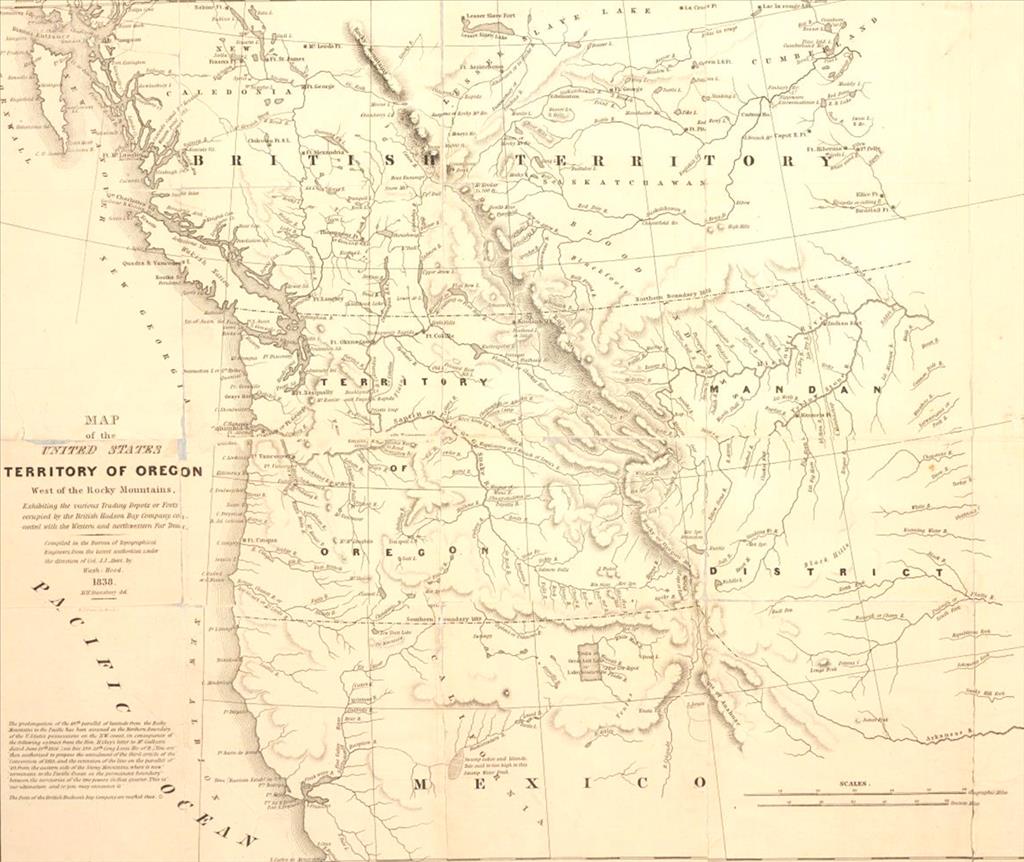“The town (Kailua-Kona) wore an interesting appearance, and at a distance looked much like a flourishing fishing village at home.” (The Polynesian, July 28, 1840)
“A short distance … is the cotton factory which has attracted so much curiosity. It is a thatched building, containing two native looms, and some dozen spinning jennies. The cotton grows luxuriantly in the stony, dry soil of Kailua.” (The Polynesian, July 28, 1840)
“Cotton may yet be king in the Hawaiian Islands and all the world may come to the Territory for its best supply of the staple. For nowhere else in the world … is better cotton grown that is raised in Hawaiʻi.”
“Moreover, cotton growing is adapted to the small farmer. The man who has only one acre can do as well in proportion as the man who has an island barony.” (Pacific Commercial Advertiser, October 21, 1909)
“(A)bout 150-acres of cotton were grown experimentally in the Territory. Small areas were planted on all of the four principal islands.” (Hawaiian Gazette, November 12, 1909)
There was a time when there was an effort to expand cotton and replace the growing sugar industry with cotton.
“People will want cotton just as long as they will want cane sugar, and perhaps longer. … If the planters of Hawaiʻi could suddenly change their sugar interest into fields of growing cotton with gins and other necessary machinery … they might be better off.” (Pacific Commercial Advertiser, May 13, 1904)
“Cotton is one of the abandoned industries of Hawaiʻi. In 1836 it was planted at Hana, Maui, and in parts of Hawaiʻi. In 1837, Governor Kuakini erected a stone cotton factory at Kailua and some very durable fabrics were produced by the simple machinery of that period.”
“During the civil war … when the seaports of the southern states were blockaded and cotton was made a very costly staple, the Hawaiian growers exported hundreds of bales to Boston.”
“It was not long after this, however, when sugar asserted almost complete sway over the planting interests and fields of cotton became only a memory.” (Pacific Commercial Advertiser, May 13, 1904)
Maʻo, Hawaiʻi cotton, is actually native to the islands; it’s a member of the hibiscus family. Genetic studies indicate that the Hawaiian cotton is a close relative of the Mexican species.
The name maʻo comes from the Hawaiian word ʻōmaʻo for green and shares the same name as the native Hawaiian thrush, ʻōmaʻo which has a greenish cast to its feathers.
Maʻo’s ancestors may have come to the islands from Central America as seeds on the wind, on the wings or droppings of birds or on the waves as floating debris. (hawaii-edu)
Once they arrived, they developed several genetic differences but the close relationship to other cottons has made Hawaiian cotton very important in the industry.
Although closely related to commercial cotton, the fibers of maʻo have not been used to produce cotton on a large scale. (usbg)
Maʻo is genetically resistant to some diseases and pests of commercial cotton and through careful breeding programs has offered its resistance to the worldwide cotton crop. (hawaii-edu)
The early Hawaiians used the flower petals to make a yellow dye; the leaves were used for a light green (ʻōmaʻomaʻo) or a rich red-brown dye.
Isabella Abbott noted that “any green kapa deserves close scrutiny, too, for the green obtained from maʻo leaves is fleeting, fading within a few days. The Bishop Museum collection contains no kapa that has retained its green coloration, but a few pieces may once have been green, judging by their overall design.” (hawaii-edu)
Although it lasted for about a century, cotton never became an important trade Hawaiʻi item. (HTH)

















































